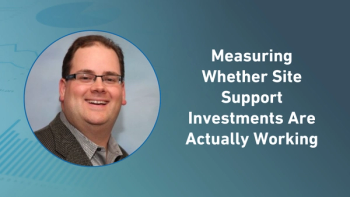
New Approaches to Patient Recruitment and Retention
New Approaches to Patient Recruitment and Retention Anticipate Structural Change in the Clinical Research Enterprise, Tufts Center for the Study of Drug Development Reports
BOSTON – Jan. 26, 2016 – Responding to strong and growing pressures to accelerate the pace at which new medicines are launched, drug developers are innovating clinical study volunteer recruitment and retention to significantly improve clinical trial performance and efficiency, according to R&D leaders participating in a roundtable recently hosted by the Tufts Center for the Study of Drug Development.
Some of those new approaches include using Big Data to identify and understand patient populations, engaging the “voice of the patient” in trial design, and using new technologies and social media to reach, attract, and keep patients.
“The need to improve patient enrollment and retention rates is urgent and becoming more so, especially as we enter the era of stratified and precision medicines, in which investigative sites will need to recruit volunteers from more narrowly defined, and therefore more limited, sub-populations,” said Ken Getz, associate professor and director of sponsored research at Tufts CSDD.
Underscoring the critical need to improve recruitment and retention for increasingly complex clinical trials, he noted, is low awareness and over saturation among patients and health care providers, which have rendered traditional recruitment methods, such as advertising, less effective.
Other points made at the Tufts CSDD Executive Forum, summarized in the January Tufts CSDD R&D Management Report, released today, include the following:
Patient-centric study teams are using real-time data to understand and adjust the patient recruitment process as it unfolds.
More could and should be done to improve outreach to referring physicians, a primary conduit to clinical trial patients, as 82% of physicians say they’d be more willing to refer patients if they developed a working relationship with a clinical trial investigator.
Social media, which already supports communication within patient communities, will grow as a recruitment tool by providing new pathways between sites and specific population groups.
Comprehensive electronic medical records (EMRs) and health files will play a major role in patient recruitment within five years, but, for now, much of the relevant data do not exist in EMRs, and what does exist is difficult to search across files.
To purchase a single report or subscription, please visit our website.
Newsletter
Stay current in clinical research with Applied Clinical Trials, providing expert insights, regulatory updates, and practical strategies for successful clinical trial design and execution.




